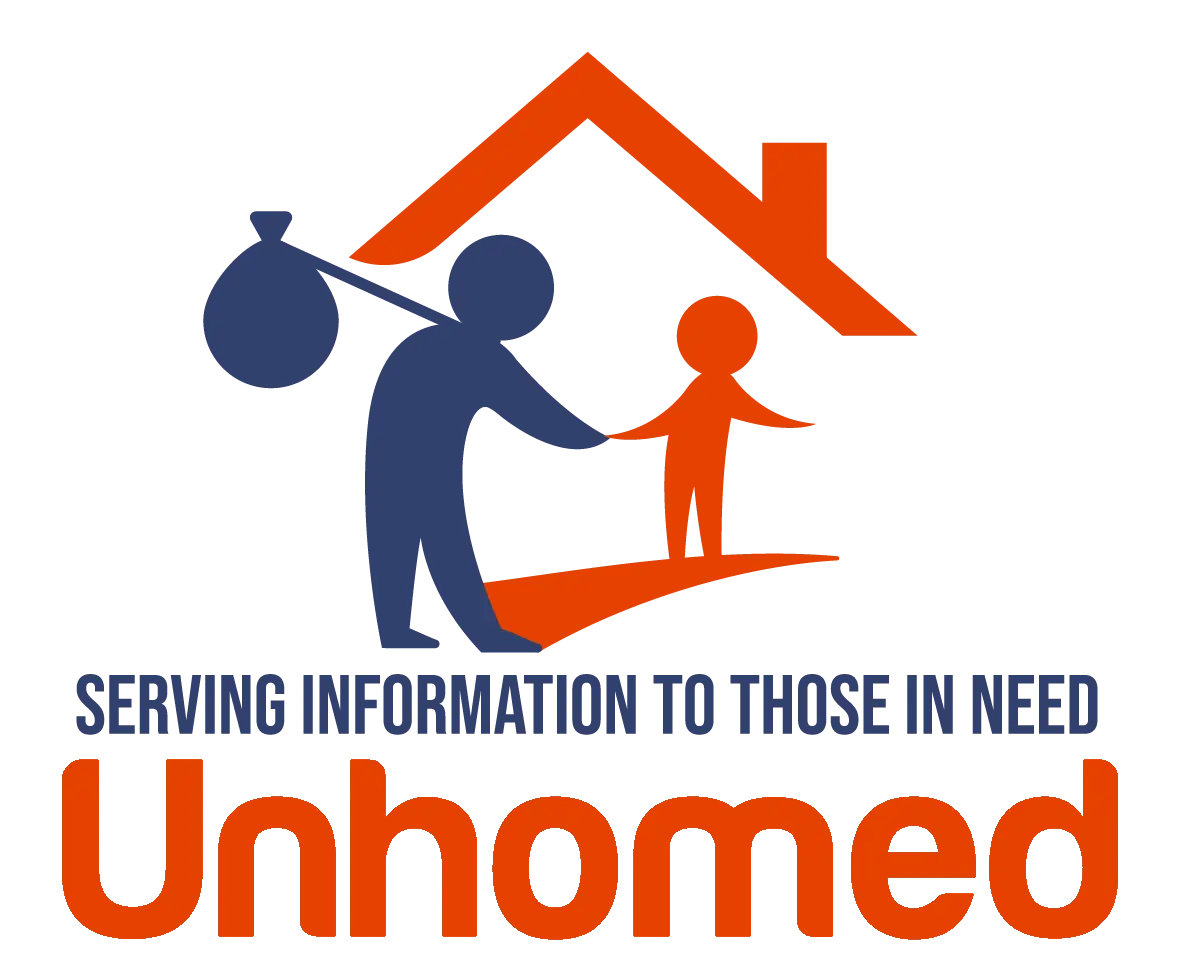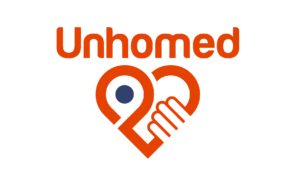Asset Building
Description
The Comprehensive Guide to Asset Building
Definition
Asset Building refers to the utilization of strategies and programs created to bolster the financial stability of low-income or vulnerable populations by facilitating their acquisition and growth of assets (savings, home equity, education, etc.). Principally seen as a critical component in preventing homelessness, Asset Building thrives on enhancing economic resilience.
Description
Asset Building, a fundamental term in the world of financial stability strategies, is essentially aimed at creating economic opportunities for vulnerable populations. It is about building bridges toward the acquisition and growth of assets like savings, home equity, and education, which in turn, foster financial security and economic independence. This financial strategy is deeply rooted in instilling resilience against economic downturns and is seen as a significant protective factor in the prevention of homelessness.
Objectives
- To enhance financial stability within low-income populations.
- To promote the accrual of assets such as savings, home equity, and education.
- To empower individuals with financial education and resources.
- To reduce vulnerability to economic shocks and prevent homelessness.
Mechanisms
- Encouraging savings and investments among low-income households.
- Providing access to financial education and resources.
- Creating opportunities for homeownership and affordable housing.
- Promoting investment in education and skill-enhancement courses.
Benefits
- Long-term economic stability and resilience against financial downturns.
- Reduction in the probability of homelessness.
- Increased access to education, homeownership, and better living conditions.
- Enhanced self-esteem and improved quality of life.
Challenges
- Ensuring consistent savings is a significant challenge among low-income households.
- Providing access to affordable housing might be difficult in high-cost areas.
- Imparting financial education might face obstacles due to limited resources or lack of awareness.
Some policies might not be fully inclusive, leaving out extremely vulnerable populations.
Examples
- Individual Development Accounts (IDAs): As a matched savings program, IDAs encourage low-income families to save by agreeing to match some percentage of the savings.
- Homeownership programs: Specialized programs focus on empowering low-income households with homeownership opportunities by offering subsidized housing options or lower mortgage rates.
- Educational Programs: These aim at providing accessible and affordable educational opportunities, equipping individuals with skills that can elevate their earning capacity.
Further Reading
The above resources provide in-depth knowledge about asset building and its role in alleviating poverty and reducing homelessness.



